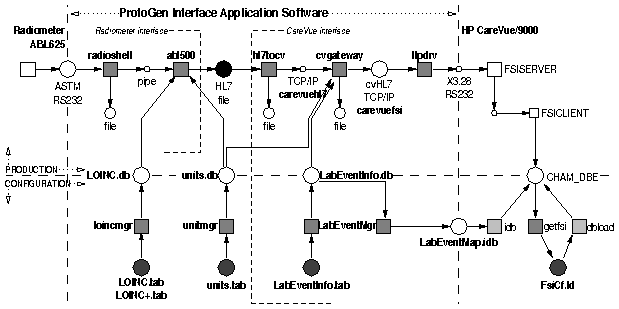
Figure 1: ProtoGen Interfacing Application Software

Figure 1: ProtoGen Interfacing Application Software
The ProtoGen interface application programs perform two basic tasks:
Communication from Radiometer instruments and to CareVue uses serial
lines. The operation of serial lines has been separated from the message
handling and conversion. On the ABL side, the radioshell program
configures the serial device and accepts messages which it pipes them to
the abl500 program for ABL 500 and 600 series or to the
abl300 program for the ABL 300. The abl500 program
reads the ASTM message that was sent by the ABL 500 via the
radioshell from the standard input and transforms it to a HL7
ORU message using the LOINC code and ISO+ units. The HL7 message is
written as a message file to a spool directory.
At fixed time intervals, triggered by cron(8), there is a shell script
hl7tocv that forwards all message files in the spool directory to
the cvgateway that is running as a demon in the background. The
cvgateway listens at a TCP port (named "carevuehl7" in
`/etc/services') and converts the "standard" HL7 message to
CareVue's HL7 dialect (cvHL7). The cvHL7 message is then forwarded to an
other TCP port ("carevuefsi") where the llpdrv program acts as
a relay for the ANSI X3.28 serial line to CareVue's FSISERVER.
The cvgateway program uses the LabEventInfo database in order to
hand lab results to the CareVue system formatted properly according to
the configuration of the CareVue system. Therefore the CareVue system's
LabEventMap table should always be configured using the LabEventInfo
database.
The radioshell, hl7tocv, and cvgateway programs
write their input messages as files into a journal directory, used for
monitoring the proper work of system.
The databases for LOINC and ISO+ unit codes, as well as for the
LabEventInfo databases are created and maintained with their respective
"manager" programs (loincmgr, unitmgr, and
LabEventInfoMgr) using their human readable tabular form stored
in the `.tab' files.